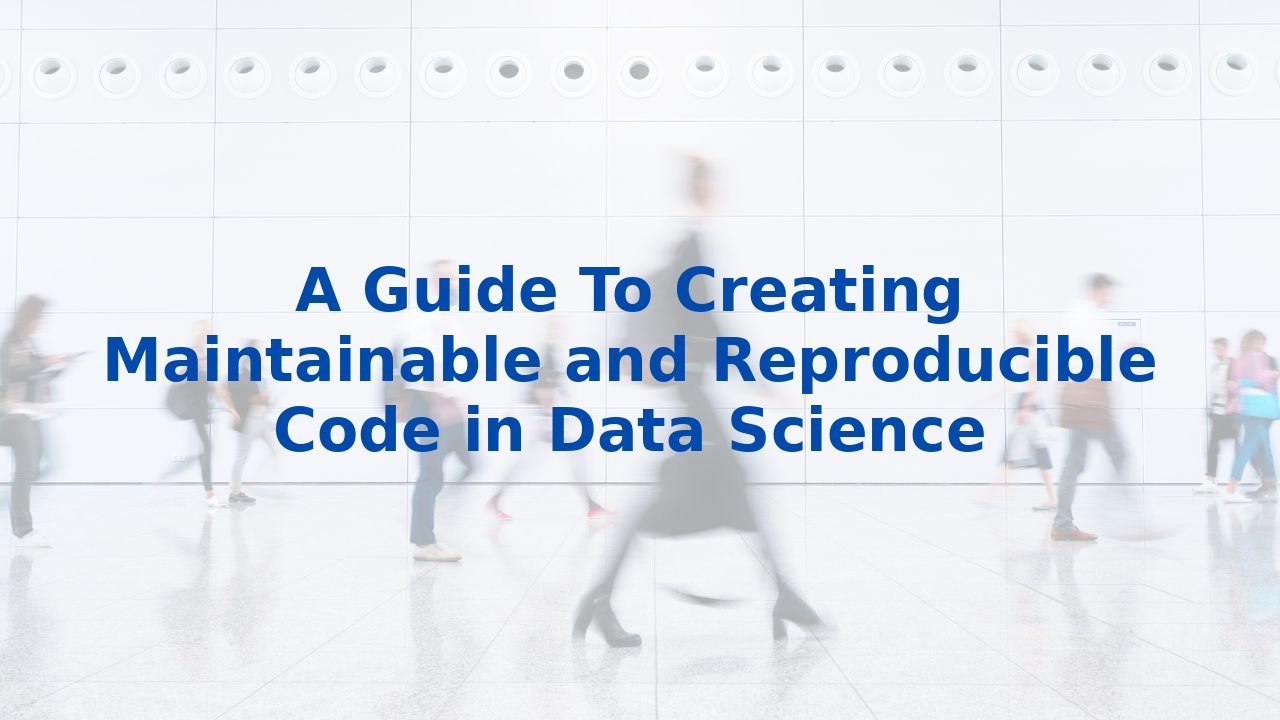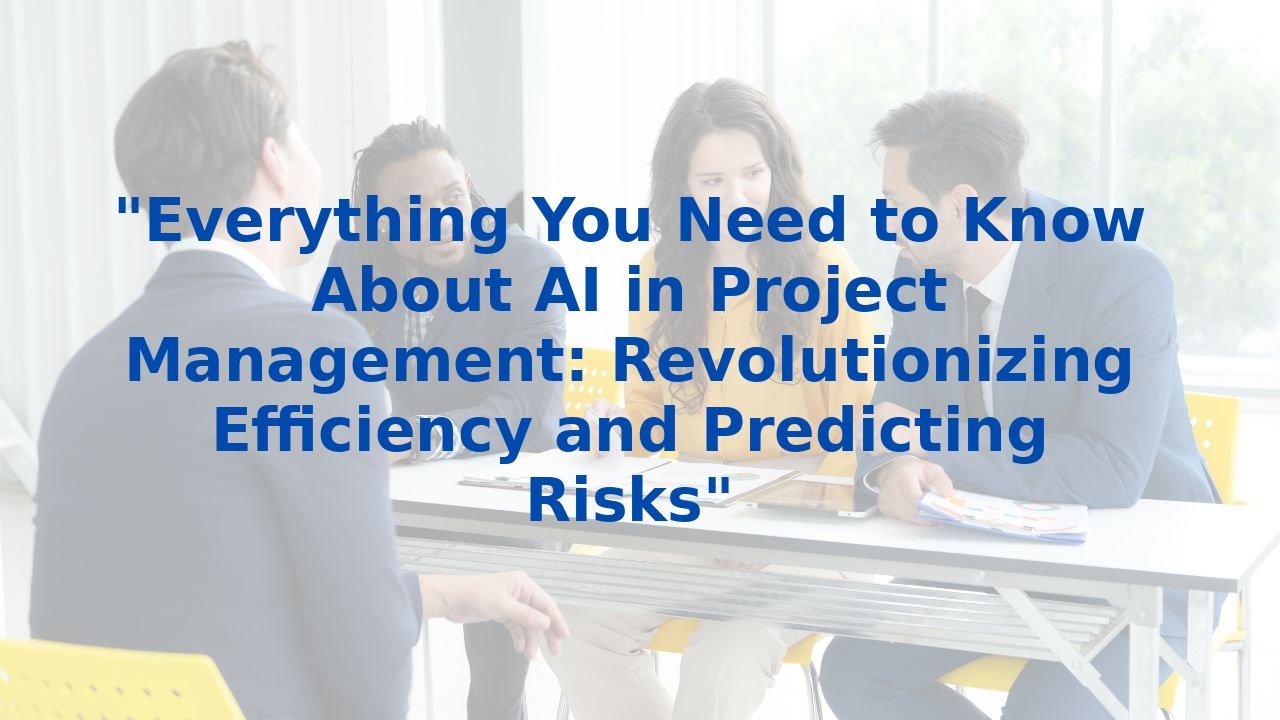A Guide To Creating Maintainable and Reproducible Code in Data Science
A Guide To Creating Maintainable and Reproducible Code in Data Science
The Importance of Maintainable Code
In the fast-paced world of data science, the ability to write maintainable and reproducible code is more than just a good practice; it's a necessity for any organization aiming to harness the power of data effectively. Maintainable code allows for easier updates, troubleshooting, and collaboration among team members, leading to more consistent outcomes and fewer errors. In an industry constantly evolving with new technologies and methods, this foundation can be a game changer.
Understanding Reproducibility
Reproducibility in data science is the ability of others to replicate your results using the same data and methods. This crucial aspect safeguards the integrity of analysis, ensuring that your insights can stand the test of time and scrutiny. It not only instills confidence in your findings but also allows for iterative improvements and collaboration on projects. With AI's growing presence, automating the documentation of code and processes has become a vital component of achieving reproducible results.
Best Practices for Maintainable Code
To achieve maintainable and reproducible code, consider adopting the following best practices:
- Consistent Coding Style: Establish and adhere to coding conventions. Use clear naming conventions and consistent indentation. This practice makes your code more readable and helps others understand your logic.
- Modular Code: Break your code into smaller, reusable components. This modular approach not only simplifies debugging and helps with testing but also facilitates easier updates.
- Comprehensive Documentation: Document your code thoroughly. This includes comments, a README file, and descriptions of your data sources and methods. Clear documentation provides context, which is essential for any future users of your code.
- Version Control: Utilizing version control systems allows you to track changes and collaborate with others seamlessly. It helps preserve the history of your project and makes it easier to revert to previous versions if needed.
The AI Advantage
Integrating AI into data science processes has transformative potential. AI tools can enhance code maintainability and reproducibility in various ways:
- Code Quality Analysis: AI-driven solutions can analyze your code for common mistakes and suggest improvements, ensuring that you write cleaner, more efficient code from the get-go.
- Automated Documentation: With AI, generating and maintaining comprehensive documentation can be automated, saving valuable time and ensuring that updates reflect any changes made to the code.
- Predictive Changes: Leveraging AI can help predict the impact of certain changes on the overall performance of the software, allowing for optimized revisions without extensive testing every time.
- Enhanced Collaboration: AI tools facilitate better teamwork by providing real-time insights and suggestions during the coding and development processes, aligning team members on objectives more efficiently.
Training Your Workforce for AI Mastery
Implementing AI technologies successfully often hinges on your team's ability to adapt. Training programs geared towards AI can empower employees, ensuring they are equipped with the skills to leverage advanced tools effectively. When your workforce understands how to use AI methodologies, the collective capabilities of your organization expand significantly:
- Increased Productivity: Well-trained employees can execute AI-driven methodologies without hesitation, significantly speeding up workflows.
- Enhanced Creativity: Familiarity with AI allows employees to experiment with innovative solutions and expand the boundaries of traditional workflows.
- Organizational Adaptability: A trained workforce can pivot more easily to new technologies and trends, ensuring a competitive edge in an ever-evolving market.
Conclusion
Creating maintainable and reproducible code is fundamental in any data-centric organization. When elevated with the power of AI, achieving these best practices becomes not just feasible but efficient. Investing in training your workforce ensures that they can fully utilize these capabilities, propelling the organization forward in the data revolution. If you're looking to elevate your organization’s AI capabilities, consider exploring resources that provide comprehensive training solutions for your entire workforce.
For more insights on training and harnessing the power of AI, visit the AI Learning Blog and discover how tailored strategies can transform your business processes.



